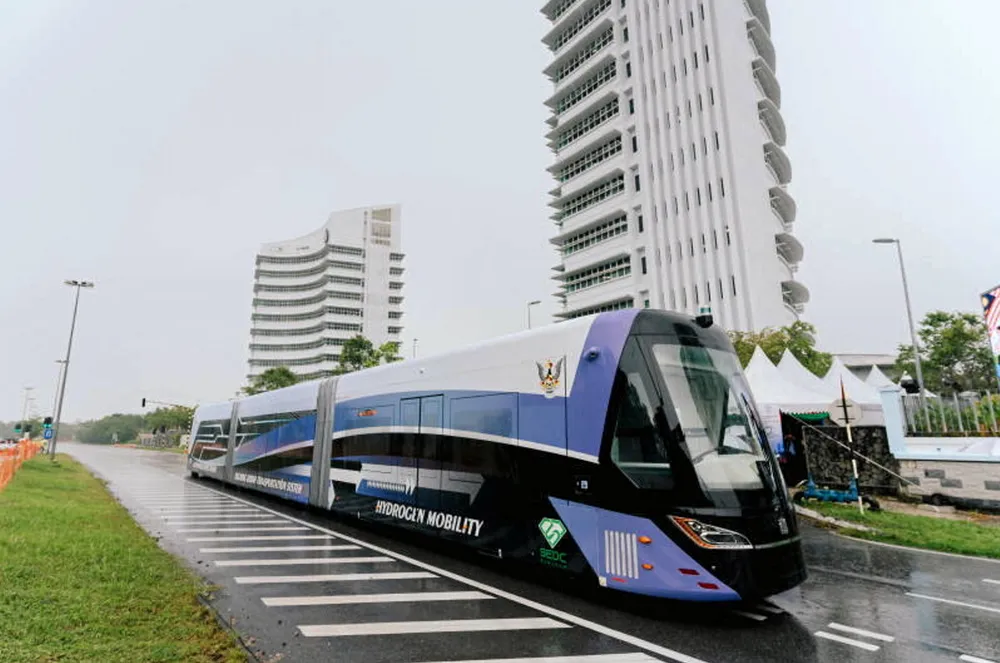Made in China | World’s first hydrogen-powered 'smart tram' begins on-road testing in Malaysia
A total of 38 of the ‘autonomous rapid transit’ vehicles are due to run on three lines across the city of Kuching from 2025

A total of 38 of the ‘autonomous rapid transit’ vehicles are due to run on three lines across the city of Kuching from 2025
